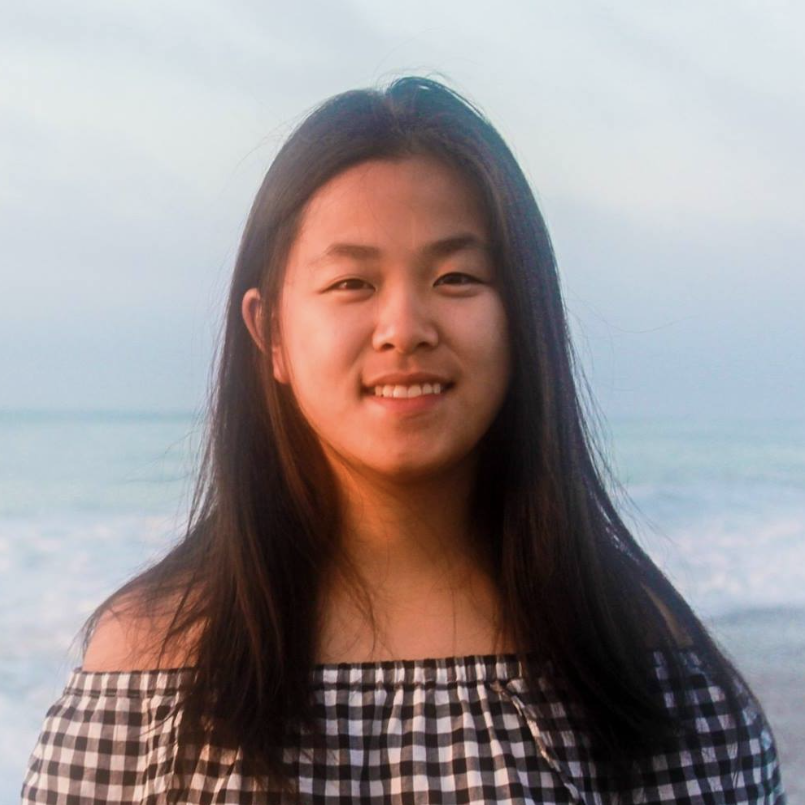Tutorials
We have developed the following series of tutorials to help you master Jupyter Notebook and Command Line Interface. We recommend that you start with Tutorial 1 which will guide you through downloading the softwares required for the rest of this user document. While we recommend that you complete all the other tutorials in the order given below, each tutorial is independent and you can complete it as per your preference you can complete it as per your preference without having to repeat what you already know
Tutorial 1: Installation of Jupyter Notebook using Anaconda
Please start with this tutorial first.
Tutorial 2: Getting Started with Jupyter Notebook
Tutorial 3: Using Markdown Cells in Jupyter Notebook
Tutorial 4: Packages & Plotting in Jupyter Notebooks
Tutorial 5: Using the Command Line Interface
Useful Resources and Takeaways from our Tutorials
About the Project
This user guide was developed as the Project 2 for ENGRC 3500 Engineering Communications course.
Many introductory programming courses in Cornell’s College of Engineering require the use of command-line interfaces (CLIs) to download programs such as Jupyter Notebook.
Jupyter Notebook allow users to neatly present code and documentation; proper understanding of CLIs can give users more control over their operating system and execute tasks faster.
For students new to programming, these tools are essential but can be very intimidating without experience. Unfortunately, there is a significant lack of reference documentation for students to review, especially from Cornell.
In Computer Science and other programming related fields, Jupyter Notebook and CLIs are popular and versatile tools for anyone to use. Not only are they used in many Cornell Engineering courses, but they are also the industry standard for Data Science. Jupyter Notebooks are incredibly useful for bridging the gap between displaying technical code and the logical explanations of its results. Further, CLIs connect a user to their computer’s operating system (OS), presenting prompts for the user to respond to with requests.
Our goal is to provide students with a resource that can help guide them to properly set up and use these tools effectively: we plan to start with Jupyter Notebook because it’s less intimidating to learn, and then integrate CLI into jupyter learning, and also go deeper into CLI.
Our user document encourages Cornell Engineering underclassmen who are new to computer programming to efficiently learn Jupyter Notebook and Command Line Interfaces in order to pursue their passions in computer and data science. The user document provides a consolidated and comprehensive set of tutorials that students can follow in well-defined iterative steps to achieve this goal.
Even though we achieved what we set out to do with our user document, we had some constraints that prevented us from making the scope of this project larger. The amount of time to develop this user document was the most prominent constraint for our team. With more time, we would be able to expand our tutorial to Windows by doing experiments on Windows-based computers. There can be harder content that teaches our users more in depth materials, such as how to use many more specific packages. Another aspect that can be improved without the constraints of time and cost would be user experience. We would love to make videos for each tutorial we have, have future website maintenance, and more.

Listed below are some of the project documents created while developing this user guide.
Our Team

Aryaa Pai
Computer ScienceAryaa is from Dubai, UAE and a Computer Science major at Cornell University, 2022. She loves robotics, baking and watching TV Shows. She is an incoming Software Developer at Amazon Web Services.

Chris Hales
Operations Research EngineeringChris is from Laguna Hills, California, and an ORIE Class of '22 grad. He loves the Los Angeles Lakers, Star Wars, and his American Eskimo named Blizzard. He is an incoming machine learning data engineer for Ingram Micro in Irvine.

Emily Parker
Computer ScienceEmily is from NYC and a member of the graduating class of 2022. She loves to go rock climbing at Linsdeth and make coffee as a barista at Zeus. She is an incoming software engineer at ServiceNow in San Diego.

Eva Zhang
Operations Research EngineeringEva is from Fairfield, CT in the Cornell class of 2022. At Cornell, she is a part of Club Water Polo and Cornell Cup Robotics. She is attending graduate school in Management Science & Engineering after graduation.

Saranya Sivaram
Computer ScienceSaranya is from Dubai, U.A.E and is in class of 2022. She enjoys dance and music in her spare time, and is the captain of Cornell Anjali, an Indian Classical dance team. She’s a Computer Science major and has been an active member of the Women in Computing at Cornell!

